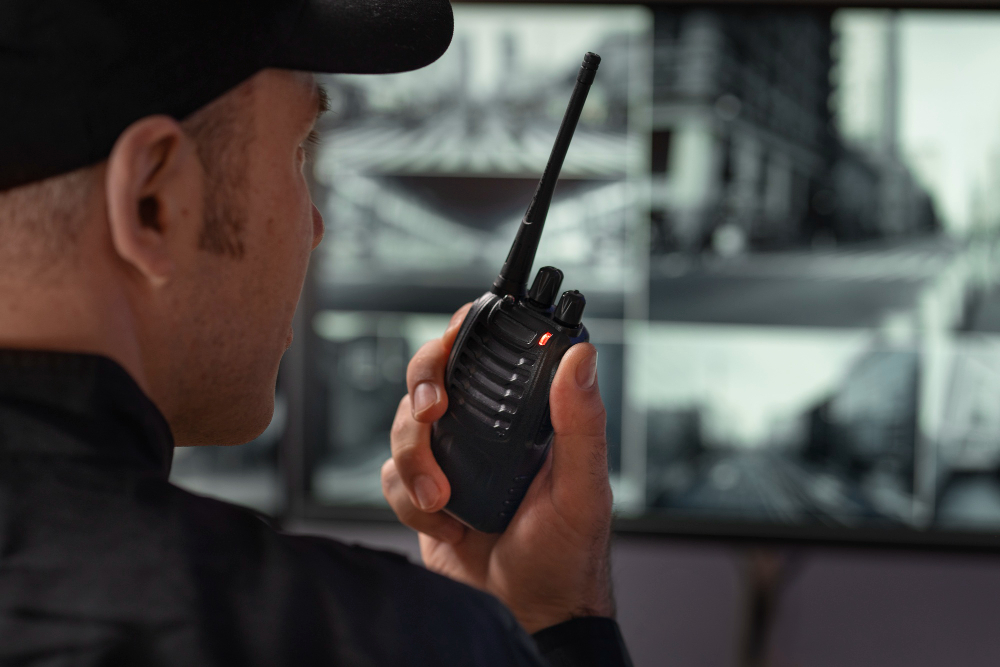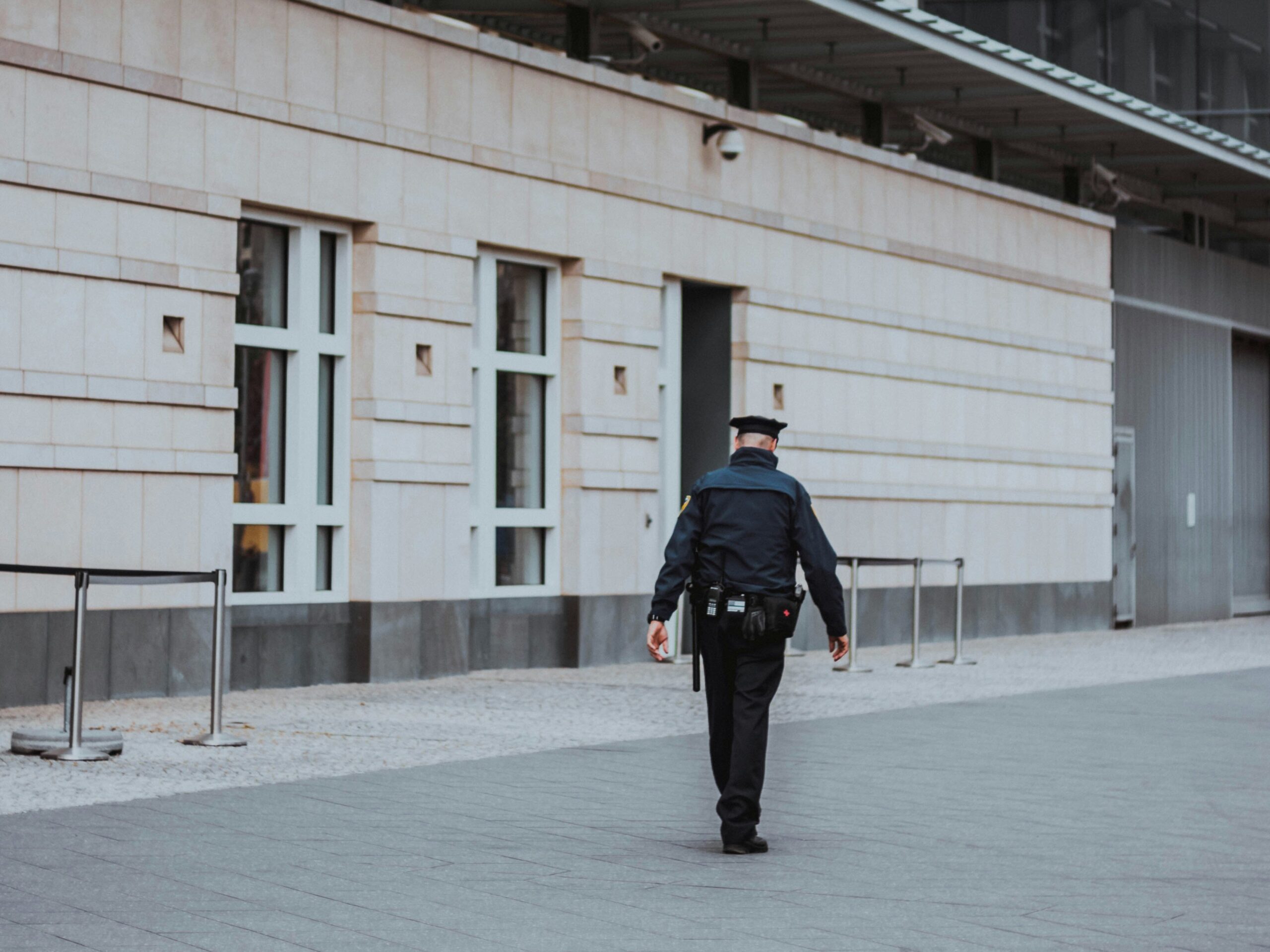Physical security safeguards are a fundamental aspect of any organization’s safety and operational stability. These measures protect the organization’s physical assets, personnel, and data from various threats. But to answer the “What Is The Purpose Of Physical Security Safeguards?” question more thoroughly, we need to dig deeper. And that’s precisely what this article aims to do.
Physical security encompasses multiple aspects, all detrimental to ensuring safety. But when it comes to the general, most essential elements, there are five core ones, which will be covered in the following sections.
Safeguarding Physical Assets And Premises
Physical security safeguards primarily focus on protecting tangible assets and securing premises.
Protecting assets like buildings, machinery, or equipment proves essential as these are intrinsic to day-to-day operations. For instance, a manufacturing firm could halt production due to losing machinery. These assets face threats like theft, vandalism, or damage from natural disasters such as fires or earthquakes.
But then you also have to secure the premises. Any intrusion could lead to asset theft or sensitive information compromise. For medical facilities, unauthorized entry could result in privacy violations through access to private patient records.
There are multiple ways to safeguard the assets and premises, but with DoorJammer and a few other security measures, there’s no better protection. DoorJammer can withstand 1,000 pounds of direct force, doesn’t trip over surfaces, is lightweight, and is easy to use in any security emergency. It even has a second version, DoorJammer Lockdown, which provides an even more potent physical barrier should the need arise.
Ensuring The People Are Safe
Physical security safeguards prioritize individuals’ protection, extending beyond merely safeguarding tangible assets. The well-being of everyone within a premise, whether employees, customers, students, or residents, is paramount, shielding them from potential risks or unauthorized access that could escalate to dangerous situations.
Unauthorized access often implies malicious intent, posing threats like assault or robbery. Robust physical security measures, including security personnel, camera systems, and procedural policies, are deterrents to mitigate these risks. They also secure personal belongings and sensitive information shared within the premises.

Complete Prevention Of Information Leaks
In the age where ‘Information is power,’ physical security measures are crucial for safeguarding sensitive data across various sectors like finance, healthcare, and government. This protection extends beyond cybersecurity to physical safeguards, restricting unauthorized access to critical areas and handling sensitive data through locks, biometric systems, access cards, and continuous surveillance like CCTV cameras.
For example, hospitals limit access to patients’ medical records, while financial institutions have strict access controls to vaults and data centers to protect customer information. Physical safeguards are also vital in protecting electronic information systems, like servers, computers, and electronic databases. Securing the premises housing this hardware, such as locking down server rooms, installing security cameras around data centers, implementing alarm systems, and structural fortifications like bulletproof windows, are essential.
Mitigation Of Natural And Environmental Risks
Natural and environmental risks, being unpredictable, pose threats to both physical assets and human lives, making physical security measures essential for safety during such events.
For instance, earthquakes demand assets and structures to resist seismic activities, with building designs and secure fixtures for heavy equipment mitigating potential damages. Storms, with threats like power outages and flying debris, require backup power generators, fortified structures, and robust window installations for safety.
Safeguarding The Premises Against Damage

Implementing robust physical security safeguards prevents disruptions that affect business operations or individuals’ well-being and minimizes damage to property, data, and assets.
Disruptions, from unauthorized intrusion to natural disasters, can hinder an organization’s smooth operation. Technology, like surveillance cameras and motion sensors, is instrumental in monitoring premises and responding to unusual activity promptly.
In addition, creating clear security policies and procedures helps manage visitors, deliveries, and emergencies, ensuring smooth operation and safety.
Protecting physical assets such as buildings, IT equipment, and documents from damage is vital. Security barriers, strong locks, and alarms are some physical measures for asset protection. Similarly, preventing data loss is crucial, with secure server rooms and strong password protections fortifying defense against cybersecurity threats.
Conclusion
With the “What Is The Purpose Of Physical Security Safeguards?” answered comprehensively, everything is in your hands now. Be it a business you aim to protect, or even yourself when traveling or simply living at home with your family, physical security is vital to ensure any way you look at it.
And with many security measures mentioned, we urge you to try out DoorJammer. Even though it’s most effective when used in combination with other measures, all your needs may just be satisfied with one device!